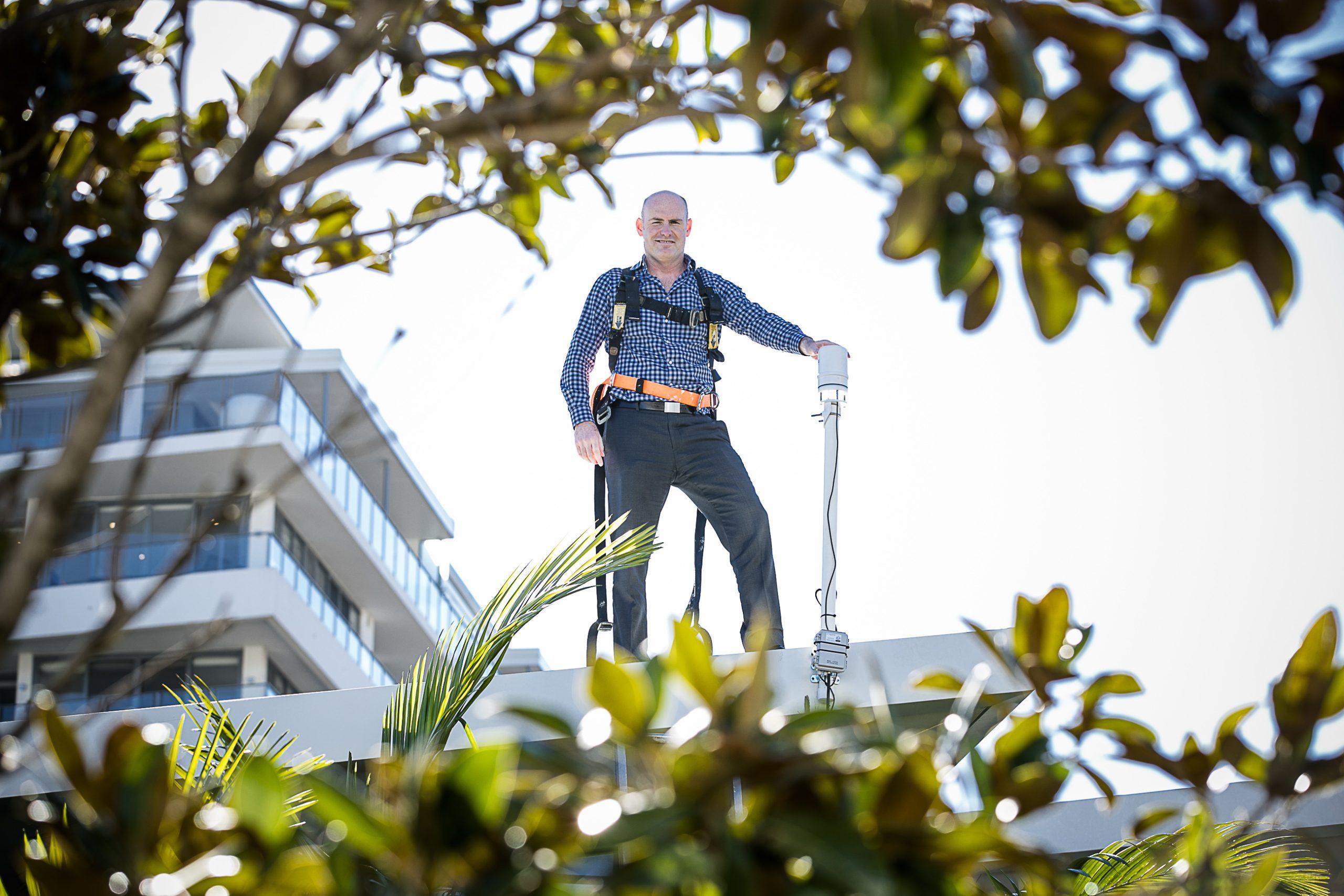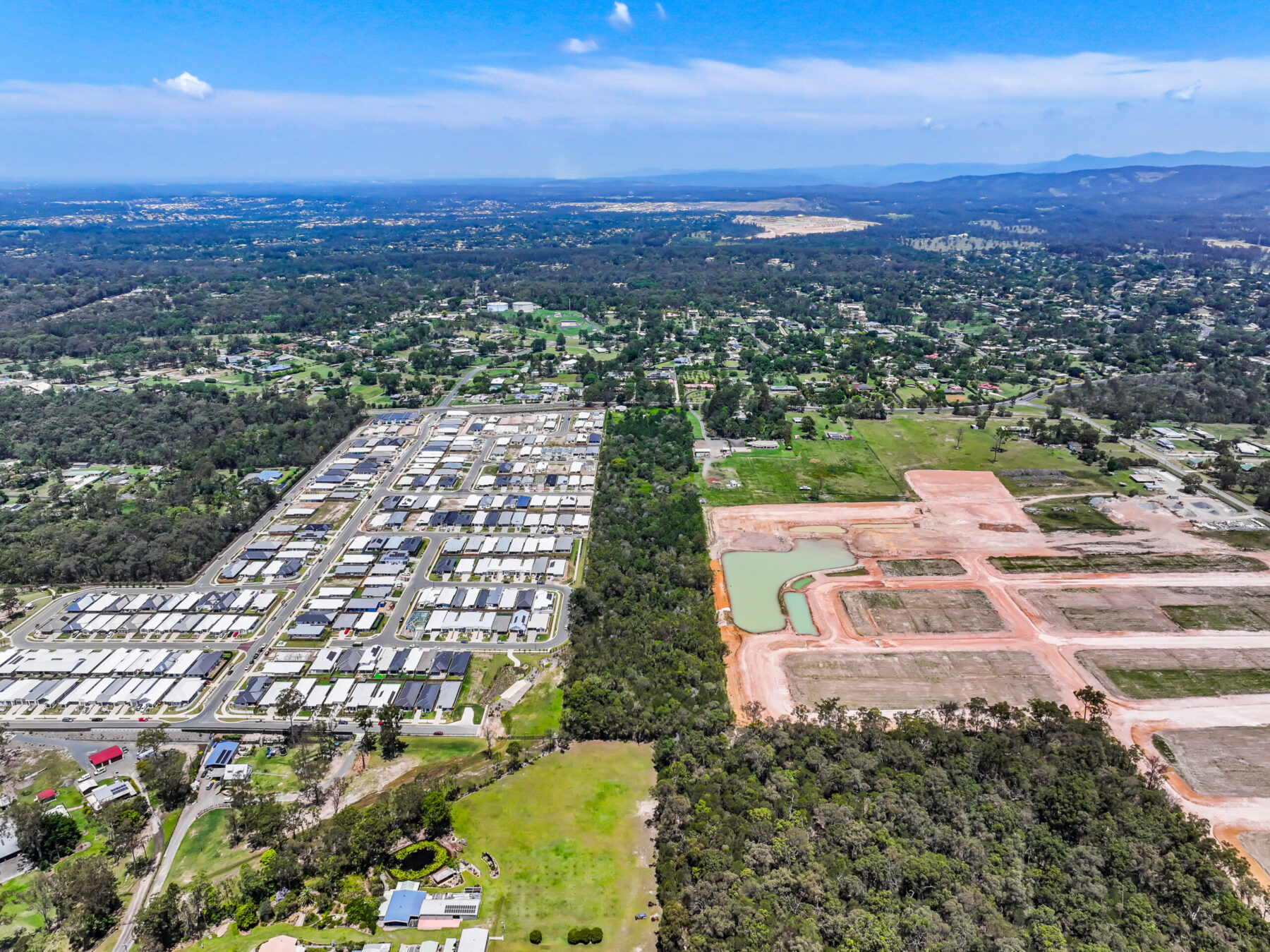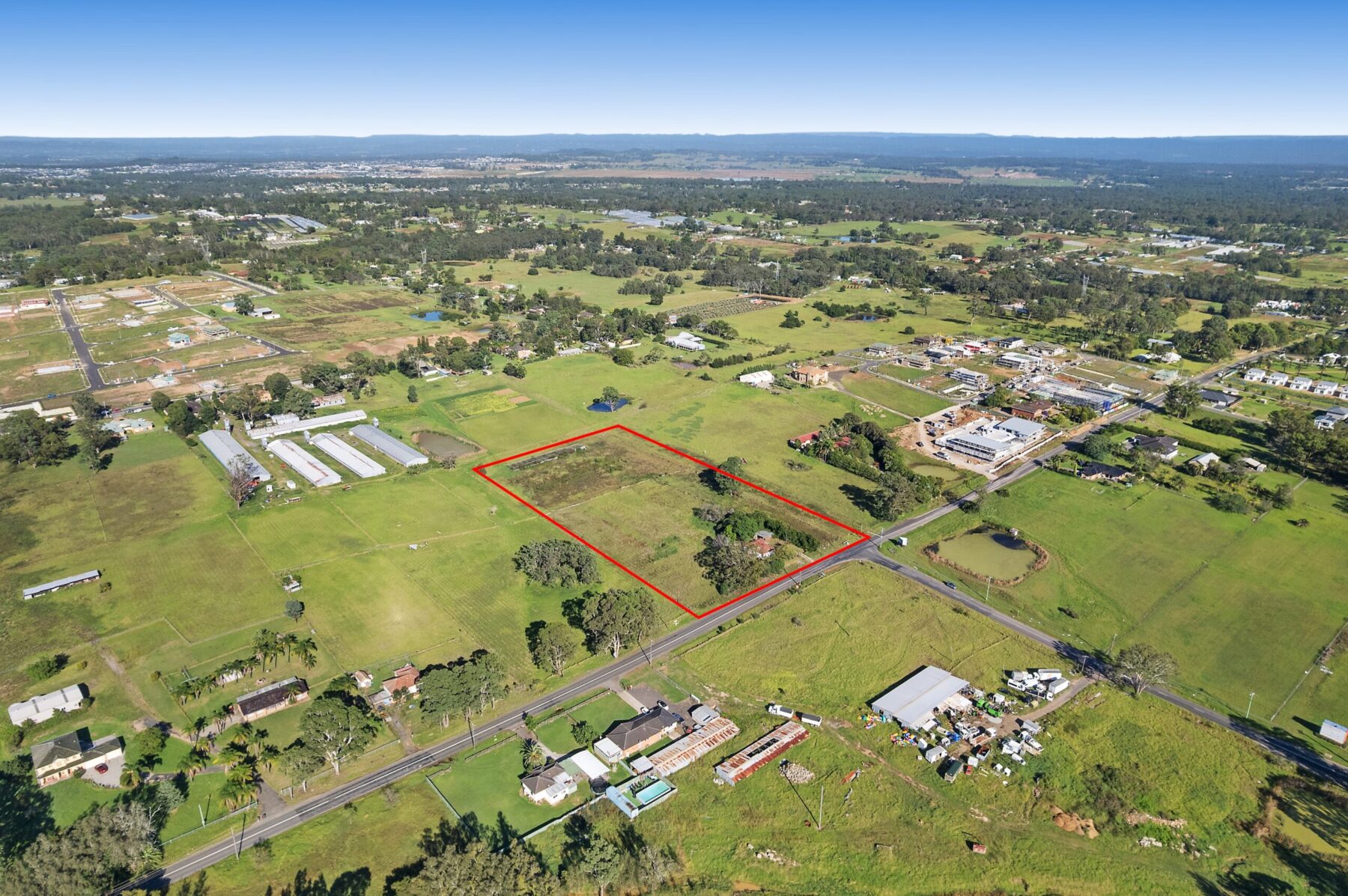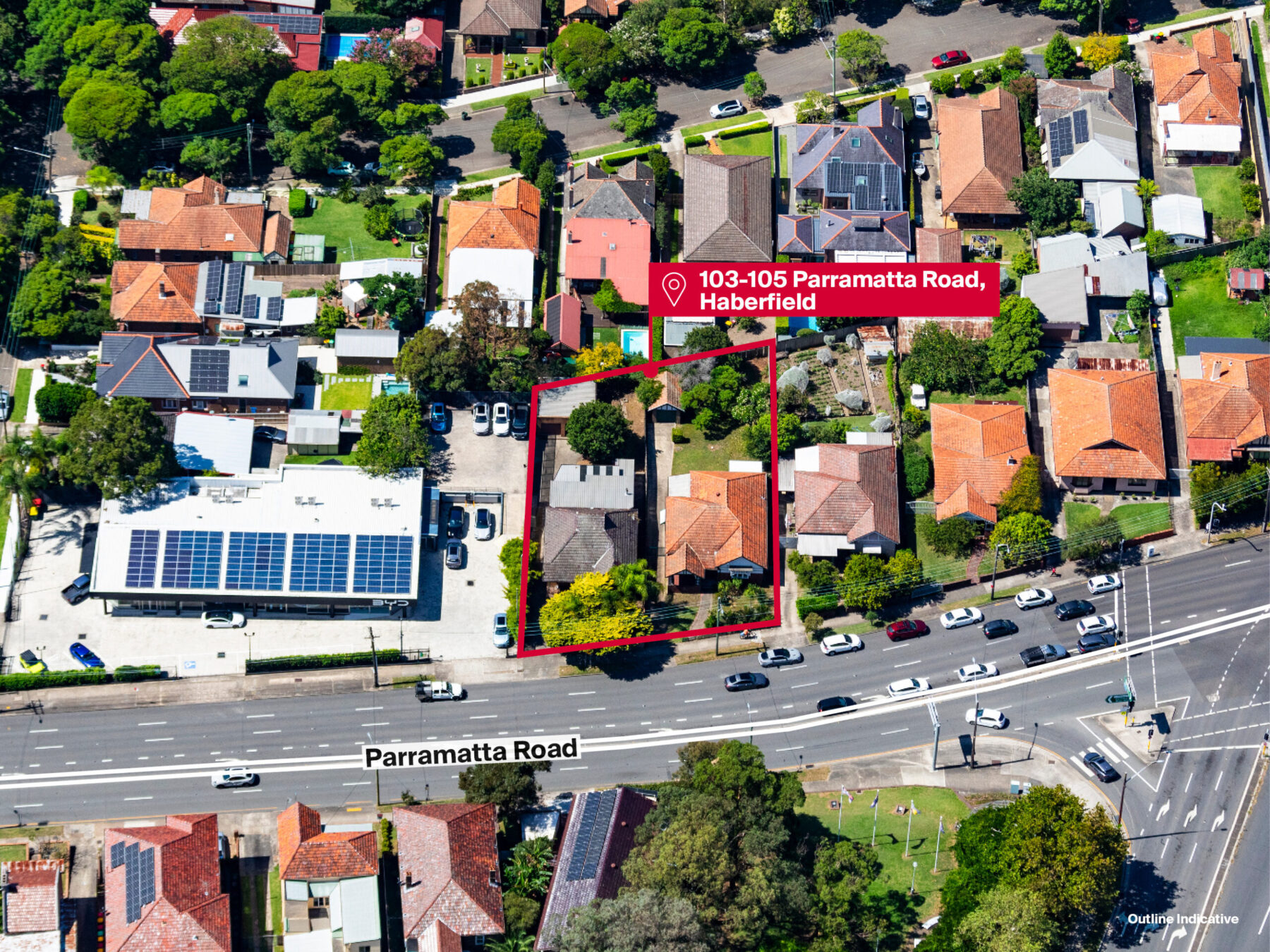Mulpha and UNSW release ground-breaking plan targeting the reduction of urban heat in Norwest by two degrees
25 November 2022
Norwest parent developer Mulpha and the University of NSW Built Environment School have released the results of a two-year research study aimed at understanding how the Norwest precinct handles heat and assessing ways to mitigate its impact through smart building, infrastructure and landscape design.
The target of the project is to lower the local Urban Heat Island Effect (UHIE) by two degrees, which will deliver significant cost savings and health benefits to the businesses, residents and visitors to Norwest.
Urban Heat islands form as vegetation is replaced by asphalt and concrete for roads, buildings, and other structures necessary to accommodate growing populations. These surfaces absorb and re-radiate the sun’s heat, causing surface temperatures and overall ambient temperatures to rise.
A Norwest-specific urban cooling guide has been published this week for the benefit of all developers and design practitioners working in Norwest to understand urban overheating and introduce suitable cooling strategies. This will improve the performance of developments, create a more liveable environment and address the challenges of climate change at a local level.
This marks the culmination of two years of monitoring and analysing Norwest’s microclimate from a network of 15 environmental sensors around the Norwest precinct to determine how the precinct performs now as well as how it will develop as the climate continues to change.
According to the NSW and ACT Regional Climate Modelling (NARCLiM), Sydney is expected to experience an increase in average maximum and minimum temperature for all seasons in the future, reflecting the broader phenomenon of global warming.
Dr Negin Nazarian*, Scientia Lecturer, UNSW Built Environment, said “Heatwaves are becoming more frequent and severe, which has serious consequences for public health, liveability and functionality of urban environments. Heatwaves in Australia kill more people than any other natural disaster.
“With the increased rate of urban development, city and precinct scale climate is dramatically changed, resulting in additional warmth brought about by the urban heat island effect.
“It is paramount that we understand and closely monitor not only the climatic factors, but also the urban design characteristics that impact human health and well-being in the face of such heat events, and further promote smart city strategies to address this.”
Mulpha has adopted an urban heat response to minimise heat build-up in its Norwest developments, including its zero-carbon development Norwest Quarter. The buildings have been designed to use light coloured materials throughout for high solar reflectivity, as well as using awnings, screens and external shading structures.
To reduce heat in Norwest, there is also the plan for substantial rewilding of the land surface, with a high percentage of deep soil planting and canopy cover, tree planting in both private and public spaces, and water features established throughout the precinct.
Tim Spencer, Head of Developments, Mulpha said “The design considerations adopted at an early-stage in any development will have a major impact on the climate variability and liveability in urban environments such as Norwest.”
“We are excited to be collaborating with some of the leading thinkers and bright young minds of UNSW to really understand the Norwest micro-climate and how we can influence it with good planning and design.
“Effective collection of on-the-ground data and analysis by world leading experts is central to our vision for Norwest as a Smart City that leads the way in urban design.
“A more liveable urban environment is also a better business and living environment that can deliver energy cost savings and ensure Norwest is a place where people enjoy being and giving their best, as well as being a great place to live and work in all respects.
“Only through collaboration are we going to be able to realise a liveable precinct, so by sharing this knowledge we hope other developers and even home owners will take steps to assist in lowering the urban heat in Norwest.”
To engage Norwest workers and residents in the project, UNSW has conducted thermal image mapping of Norwest using a drone and produced an online interactive map showing micro-climate variability at Norwest.



